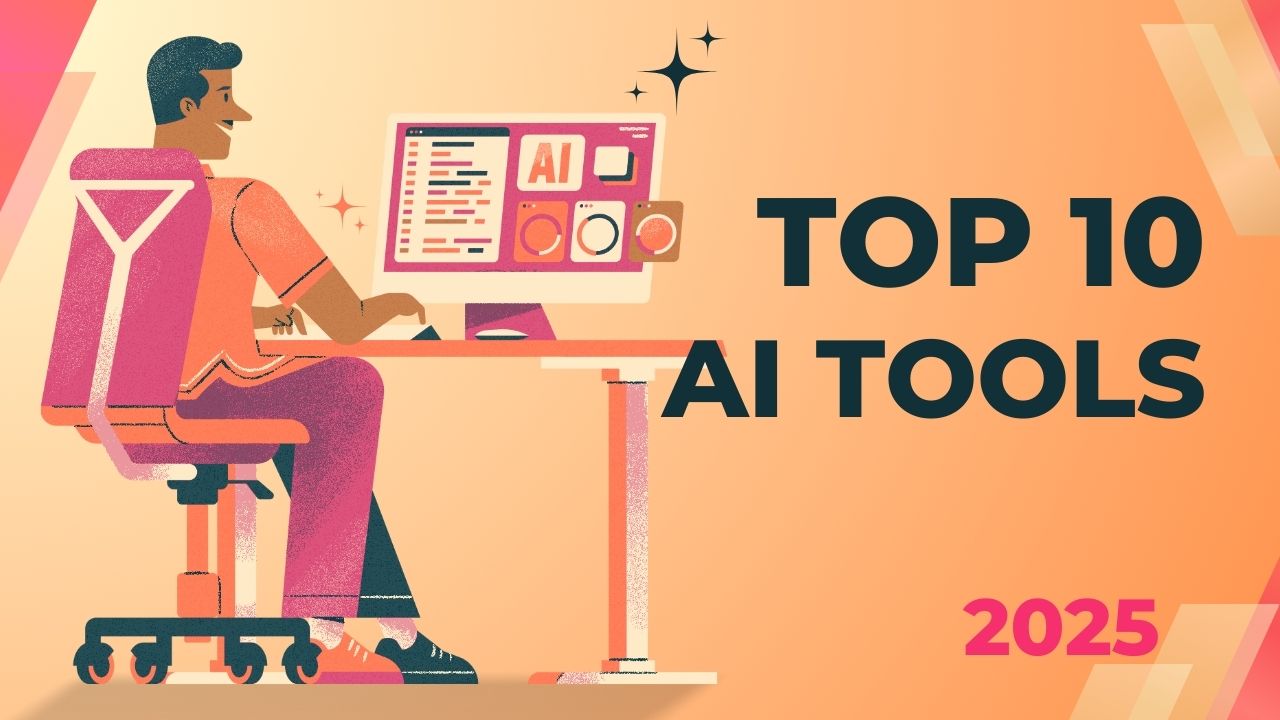Introduction
The rollout of 5G technology marks the beginning of a new era in high-speed internet, low-latency communication, and smart connectivity. With speeds up to 100 times faster than 4G and significantly reduced lag, 5G will power the future of smart cities, autonomous vehicles, IoT devices, and more.
But how exactly does 5G work, and what are its real-world applications? In this article, we’ll explore the benefits, challenges, and future of 5G technology.
1. What is 5G and How Does It Work?
What is 5G?
5G (Fifth Generation) is the latest mobile network standard that delivers faster speeds, lower latency, and higher device capacity compared to its predecessors (3G, 4G).
How Does 5G Work?
Unlike 4G, which uses low-frequency radio waves, 5G operates on:
✔ Low-band spectrum (Below 1 GHz) – Covers large areas but offers lower speeds.
✔ Mid-band spectrum (1–6 GHz) – Balances speed and coverage.
✔ High-band (Millimeter Waves – 24 GHz & above) – Delivers ultra-fast speeds but has limited range.
Example: In real-world tests, 5G speeds have reached over 10 Gbps, enabling seamless streaming, gaming, and ultra-fast downloads.
2. How 5G is Transforming Industries
1. Faster and More Reliable Internet for Consumers 📶
✔ Faster download/upload speeds – Download an HD movie in seconds instead of minutes.
✔ Reduced buffering – Seamless streaming of 4K & 8K videos.
✔ Stable internet connections – No more dropped signals in crowded areas.
Example: With 5G, mobile gaming will experience zero lag, making cloud gaming platforms like Google Stadia and Xbox Cloud Gaming more viable.
2. Powering Smart Cities 🏙️
5G enables real-time data sharing and automation in smart cities, improving urban life.
✔ Smart traffic management – Reduces congestion with AI-driven traffic control.
✔ Energy-efficient lighting – Streetlights adjust brightness based on activity.
✔ Public safety improvements – AI-powered surveillance and real-time emergency response.
Example: Barcelona uses 5G-powered IoT to manage traffic flow and reduce pollution.
3. Revolutionizing Healthcare with 5G-Powered Telemedicine 🏥
✔ Remote surgeries – Doctors perform robotic surgeries in real-time.
✔ AI-driven health monitoring – 5G wearables detect health issues instantly.
✔ Faster ambulance communication – Paramedics send patient data to hospitals before arrival.
Example: China successfully performed the first 5G-powered remote brain surgery, reducing the need for on-site specialists.
4. Enhancing Autonomous Vehicles 🚗
5G enables real-time communication between vehicles and infrastructure (V2X technology).
✔ Reduced accident risks – Vehicles exchange safety data instantly.
✔ Faster decision-making – AI processes road conditions in milliseconds.
✔ Better navigation accuracy – GPS and traffic updates improve significantly.
Example: Tesla and Waymo are testing 5G-connected self-driving cars to improve safety.
5. Boosting Industrial Automation & Manufacturing 🤖
✔ Smart factories – AI-controlled robots improve productivity.
✔ Remote equipment monitoring – Predict machine failures before they happen.
✔ Faster supply chain operations – Real-time inventory tracking and automation.
Example: Samsung’s 5G-powered factories automate production, improving efficiency.
6. Expanding IoT (Internet of Things) Connectivity 🌎
✔ Smart homes & appliances – 5G enables instant device communication.
✔ Connected agriculture – AI-driven drones monitor crops in real-time.
✔ Wearable technology – Smartwatches and health monitors function with zero delay.
Example: 5G-powered IoT allows real-time monitoring of smart farms, improving food production.
3. Challenges of 5G Deployment
🚧 Limited Coverage – 5G requires thousands of small cell towers for full deployment.
🚧 High Infrastructure Costs – Rolling out 5G networks is expensive for telecom providers.
🚧 Privacy & Security Risks – More connected devices mean higher cyberattack risks.
🚧 Health Concerns & Conspiracy Theories – Some fear 5G’s radiation, but scientific studies confirm its safety.
Example: Many rural areas still lack 5G coverage, delaying its benefits.
4. The Future of 5G: What to Expect by 2030
🔮 By 2025 – Most major cities will have full 5G coverage.
🔮 By 2030 – 5G will power AI, smart cities, and fully autonomous vehicles.
🔮 By 2040 – 6G networks will begin development, offering even higher speeds and new technologies.
🚀 Is your business ready to leverage 5G for the digital revolution?
Conclusion
5G is set to transform connectivity, digital experiences, and industries worldwide. With its ultra-fast speeds, low latency, and high capacity, 5G will enable smart cities, self-driving cars, advanced healthcare, and industrial automation.
However, infrastructure challenges, security concerns, and deployment costs remain key obstacles to mass adoption.
💡 The future is 5G—are you ready to embrace it?


